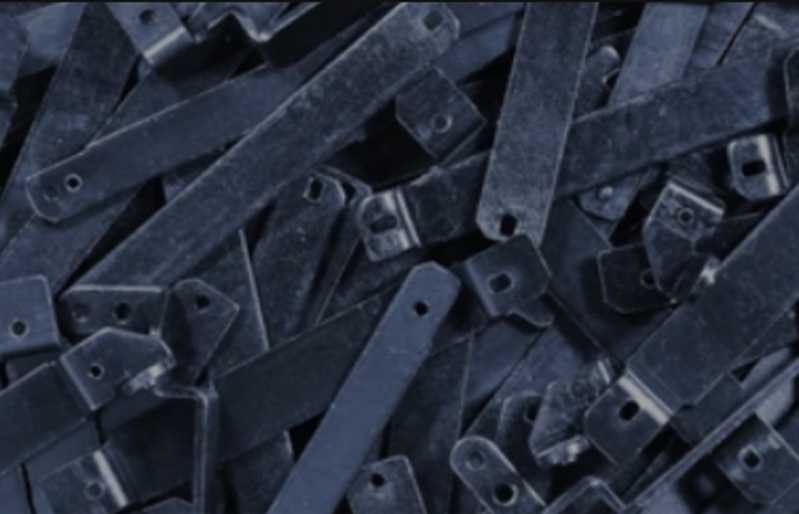Introduction
Squeeze casting is a manufacturing technique that combines the advantages of both casting and forging processes. It is a high-pressure casting method that allows for the production of complex-shaped components with excellent mechanical properties. This article provides a comprehensive overview of squeeze casting, including its process, advantages, limitations, and applications.
Process of Squeeze Casting
The squeeze casting process involves the simultaneous application of heat and pressure to molten metal within a die. First, the die is preheated to a specific temperature to ensure good thermal conductivity. Then, the molten metal is poured into the die cavity. The die is closed, and pressure is applied through a hydraulic press. The pressure is maintained until the solidification of the molten metal is complete. Once solidified, the die is opened, and the component is removed.
Advantages of Squeeze Casting
Squeeze casting offers several advantages over traditional casting and forging processes. Firstly, it allows for the production of near-net shape components, reducing the need for additional machining operations. This results in cost and time savings for manufacturers. Secondly, squeeze casting enhances the mechanical properties of the components. The application of pressure during solidification eliminates porosity and improves the density, resulting in components with improved strength, hardness, and fatigue resistance.
Another advantage of squeeze casting is the ability to produce components with complex geometries. The high pressure applied during the process helps in filling intricate features of the die cavity, allowing for the production of intricate components that would be difficult to achieve through other manufacturing methods. Additionally, the process enables the use of a wide range of metals and alloys, including aluminum, copper, magnesium, and their alloys, making it a versatile manufacturing technique.
Limitations of Squeeze Casting
While squeeze casting offers numerous benefits, it also has some limitations. One limitation is the complexity and cost associated with die design and fabrication. The die must be able to withstand the high pressure and temperature during the process, which requires careful design and selection of materials. Additionally, the high capital investment required for the hydraulic press and specialized equipment can be a barrier for small-scale manufacturers.
Another limitation is the limited size of components that can be produced using squeeze casting. The process is more suitable for the production of small to medium-sized components. Large-sized components may require significantly higher pressure and may not be feasible to produce using squeeze casting. However, advancements in technology are continuously pushing the boundaries of what can be achieved in terms of component size.
Applications of Squeeze Casting
Squeeze casting finds applications in various industries, including automotive, aerospace, defense, and electronics. The automotive industry utilizes squeeze casting for the production of engine components, such as pistons, cylinder heads, and connecting rods. The excellent mechanical properties achieved through squeeze casting contribute to improved engine performance and fuel efficiency.
In the aerospace industry, squeeze casting is commonly used for the production of structural components, such as turbine blades, engine casings, and wing components. The high strength and reliability of these components are crucial for ensuring the safety and efficiency of aircraft.
The defense industry also benefits from squeeze casting, particularly in the production of weapon systems, armored vehicles, and bulletproof materials. The technique\’s ability to produce components with superior mechanical properties and complex geometries plays a vital role in enhancing the performance and protection capabilities of these products.

Conclusion
Squeeze casting is a highly efficient manufacturing technique that offers numerous advantages in terms of component quality, complexity, and cost-effectiveness. By combining the benefits of both casting and forging processes, it provides manufacturers with the ability to produce high-quality components with excellent mechanical properties. Despite some limitations, squeeze casting continues to evolve and find applications in various industries, contributing to advancements in manufacturing technology.
-

- Magnesium alloy die-casting Auto parts headlight frame
-

- Držák na palubní desku pro CNC obrábění
-

- Slitina hořčíku Tixomulační díly pro skříň stroje na odsávání kyslíku
-

- Slévárenské díly z hořčíkové slitiny rám jízdního kola CNC obrábění a povrchová úprava
-

- Tlakové lití z mangenové slitiny Tixomouldování kovových dílů
-

- Velkoobchodní dětský cyklus z hořčíkové slitiny pro 3 až 5 let 12palcový dětský cyklus OEM levně

 0086-750-5616188
0086-750-5616188 +86 13392089688
+86 13392089688 sales@zhongmei-tech.com
sales@zhongmei-tech.com







